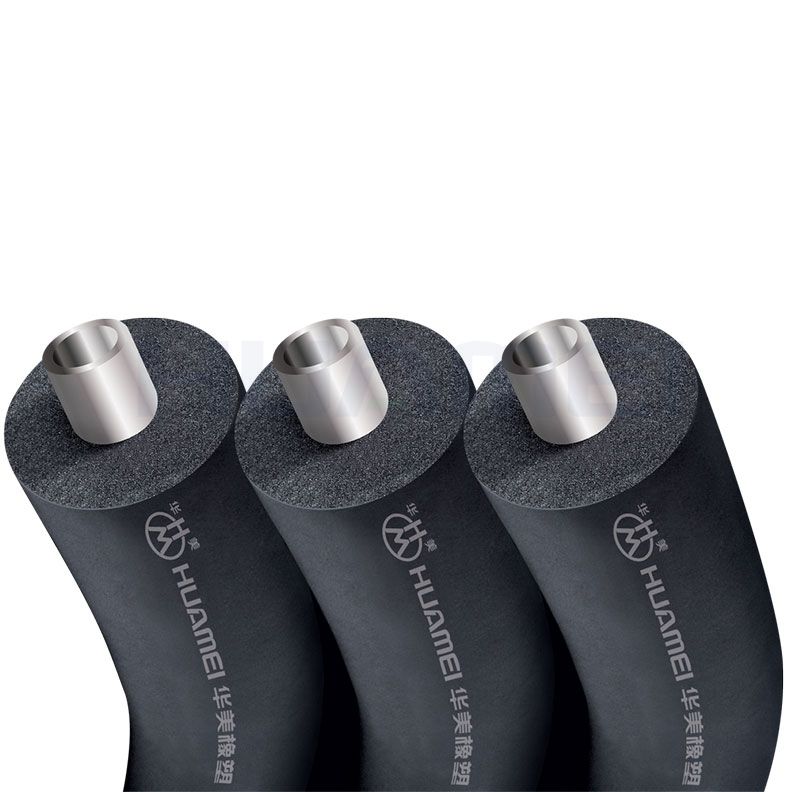Foam rubber products come in various types, each with its own unique qualities and benefits. Let's explore the different types, qualities, and the advantages associated with foam rubber products:

1. Types of Foam Rubber:
Natural Rubber Foam: Derived from the latex of rubber trees, natural rubber foam is known for its elasticity and resilience. It is often used in mattresses, cushions, and other comfort applications.
Synthetic Rubber Foam: Made from petroleum-based materials, synthetic rubber foam is versatile and can be tailored to specific applications. Neoprene and nitrile rubber foams fall into this category, offering durability and resistance to oils and chemicals.
Polyurethane Foam (PU): Polyurethane foam is widely used in various foam rubber products. It comes in different densities and firmness levels, making it suitable for mattresses, seat cushions, and packaging materials.
Ethylene-vinyl Acetate (EVA) Foam: EVA foam is a closed-cell foam with excellent shock absorption properties. It is commonly used in sports equipment, shoe insoles, and as padding in various applications.
Cross-linked Polyethylene (XLPE) Foam: XLPE foam is a closed-cell foam known for its durability and resistance to water and chemicals. It is often used in packaging, automotive applications, and as insulation.
2. Qualities of Foam Rubber:
Density: Foam rubber comes in different densities, ranging from low to high. Higher density foams are generally more durable and provide better support, while lower density foams are softer and more comfortable.
Firmness: The firmness of foam rubber is measured on a scale known as Indentation Force Deflection (IFD) or Compression Force Deflection (CFD). This measures how much force is required to compress the foam. Different applications may require different levels of firmness.
Cell Structure: Foam rubber can have an open-cell or closed-cell structure. Open-cell foam is softer and more breathable, while closed-cell foam is more rigid and resistant to water.
Elasticity: Elasticity refers to the ability of foam rubber to return to its original shape after being compressed. This is an important quality for products like mattresses and cushions.
Resilience: Resilience is the ability of foam rubber to bounce back quickly after being compressed. It is crucial for maintaining the longevity and performance of products like seat cushions.
3. Benefits of Foam Rubber Products:
Comfort: Foam rubber products, especially those used in mattresses and cushions, provide excellent comfort and support. The material contours to the body, relieving pressure points and promoting a good night's sleep or comfortable seating.
Shock Absorption: Foam rubber's ability to absorb shocks makes it ideal for use in sports equipment, shoe insoles, and protective padding. It helps reduce the impact on joints and provides added safety.
Insulation: Closed-cell foam rubber, such as neoprene or XLPE foam, offers insulation properties. It is used in applications where thermal or sound insulation is necessary, such as in HVAC systems or automotive components.
Versatility: Foam rubber is highly versatile and can be molded or cut into various shapes and sizes. This makes it suitable for a wide range of applications, from packaging materials to automotive components.
Durability: Depending on the type and density, foam rubber products can be highly durable. They withstand wear and tear, making them suitable for long-term use in various applications.
Resistance to Water and Chemicals: Some foam rubber types, like closed-cell foams, exhibit resistance to water and chemicals. This makes them suitable for applications where exposure to moisture or harsh substances is a concern.
In conclusion, foam rubber products offer a diverse range of types, qualities, and benefits, making them valuable in numerous industries and applications. Whether providing comfort in mattresses, shock absorption in sports gear, or insulation in various settings, foam rubber products continue to play a crucial role in enhancing our daily lives.
Previous: PNS8352 Sliding Window
Copyright:@2020-2021
Comments Please sign in or sign up to post.
0
0 of 500 characters used